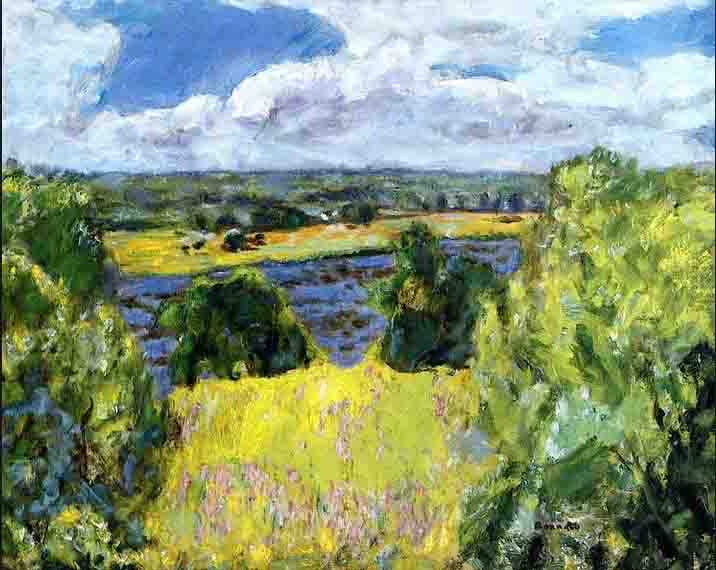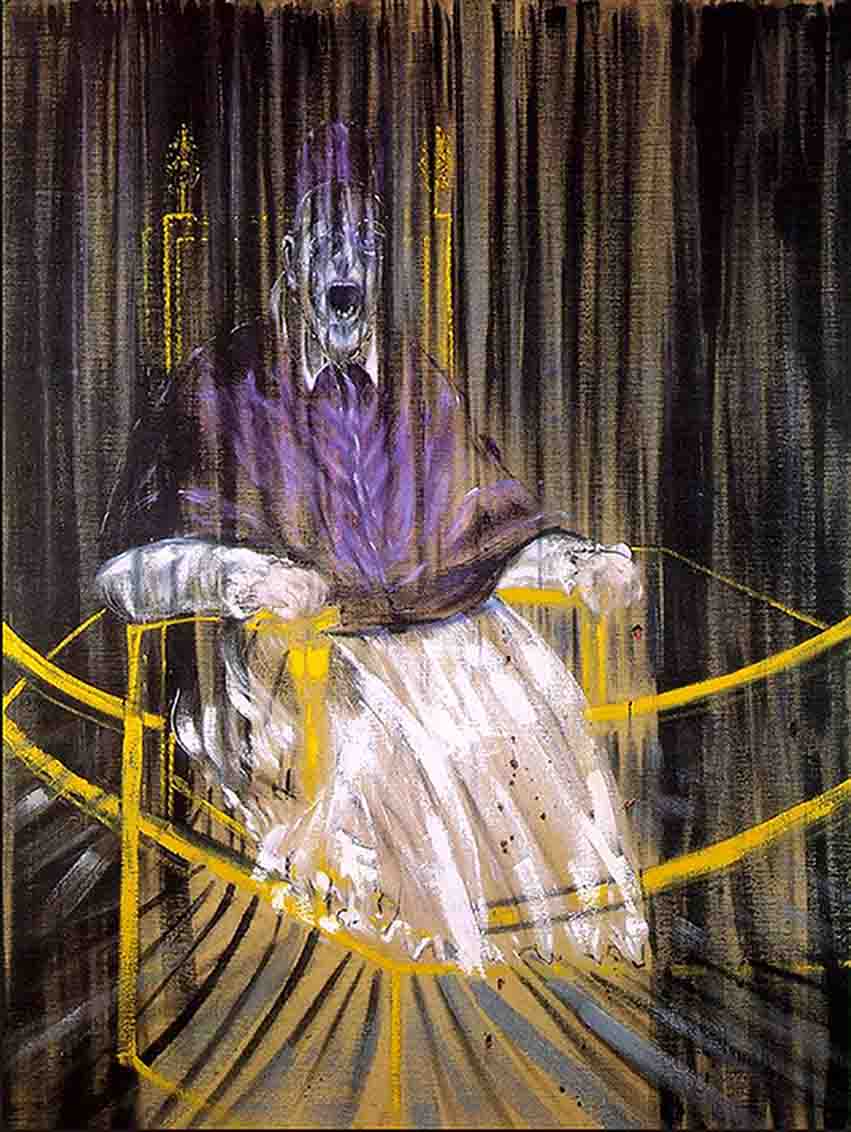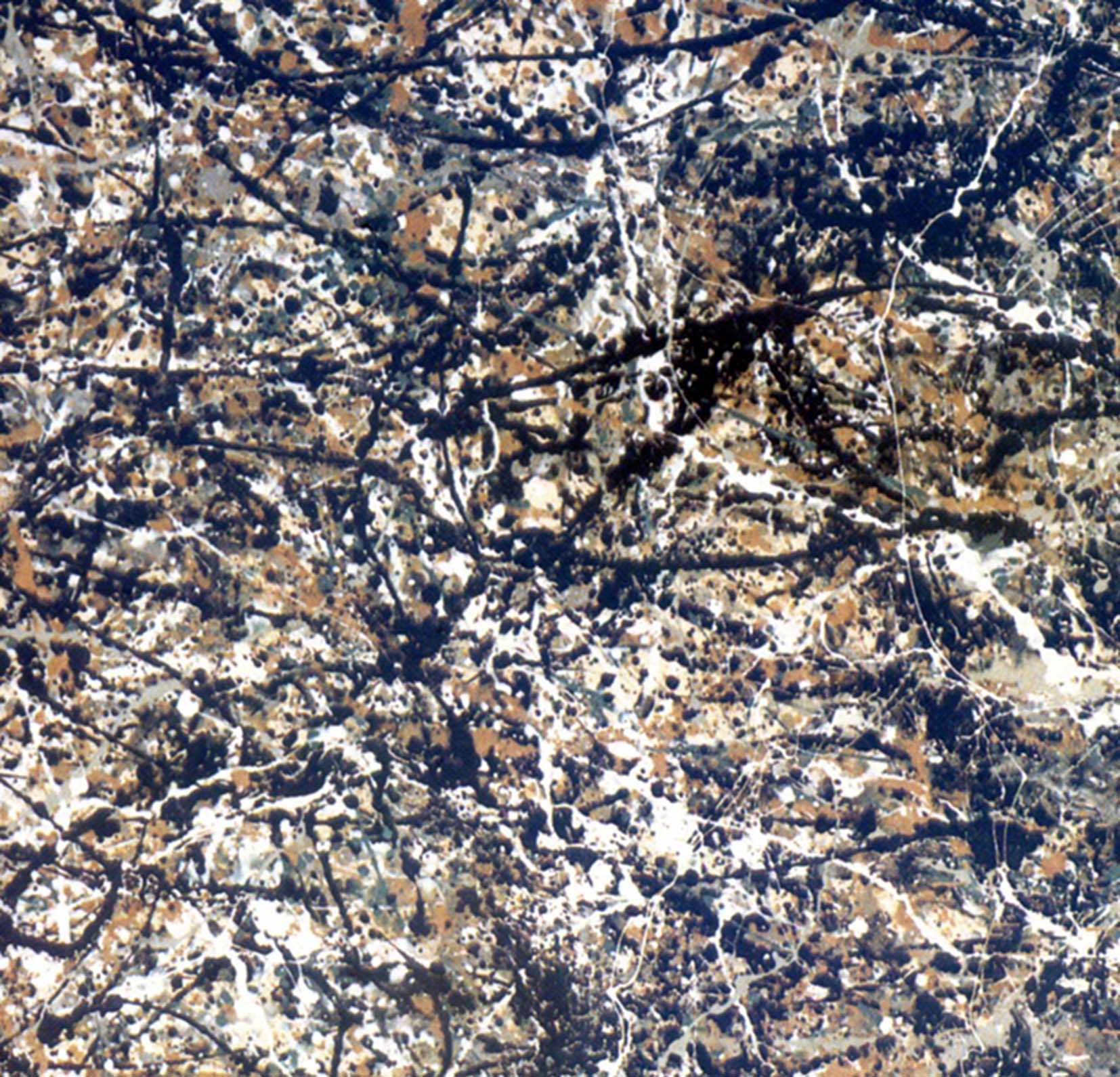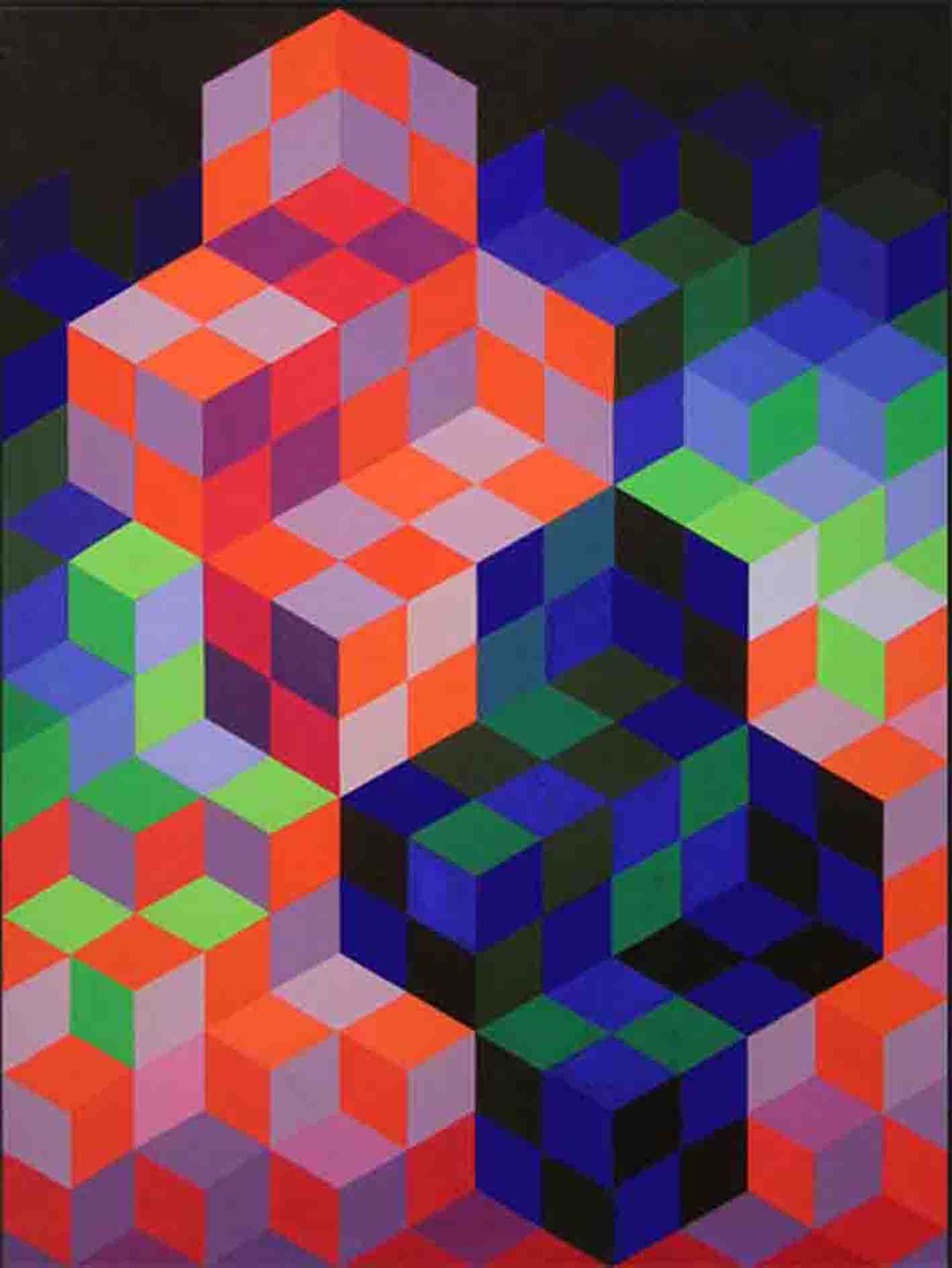The new science
The purpose of this Post is to provide a link to Chapter 10 “Illusory pictorial space and light”, from my book, “Painting with Light and Colour”. This provides a simplified explanation of the science behind the ideas developed in earlier chapters concerning ways of creating and/or enhancing effects of illusory pictorial space by means of using mixtures containing small proportions of complementary colours. In the process it explains why the same method can be used to create harmony in paintings. It also explains why colour repetition has the potential, not only to produce visual discord, but also to generate optical excitements.
.
CHAPTER 10 – ILLUSORY PICTORIAL SPACE & LIGHT
.
Examples of illusory pictorial space and “harmony that runs parallel to nature”

.

.
Examples of repeated colours without mixtures of complementaries



Other chapters from “Painting with Light and Colour”:
- Introduction: the little known Science behind many of the original practical suggestions.
- Chapter 1 : The dogmas
- Chapter 2 : Doubts
- Chapter 3 : The nature of painting
- Chapter 4: Renaissance ideas
- Chapter 5 : New Science on offer
- Chapter 6 : Early Modernist Painters
- Chapter 7 : The perception of surface
- Chapter 8 : Seurat and painting with light
- Chapter 9 : Seeing Light
Other Posts on colour and light in painting:
- What are colourists (1): Some of the many meanings of the word
- What are colourists (2): Difference between meaning of the word for Venetian Colourists and for Modernist Colourists?
Chapters from “What Scientists can Learn from Artists” that go more deeply into some of the subjects referred in the Posts above
Merci de nous rappeler ces informations si importantes
Francis,
Thank you so much. I’ve just spent two valuable 2018 sessions with you working directly with you, and discussing, these principles. I am grateful to you for posting chapters of your books so that I can go back and think through our discussions, and the many things I am learning as a painter as I continue to work and refine my work. You are a great teacher.
Regards,
Sylvia
A thought-provoking read, thank you. It’s very useful to illustrate the theory with practical examples. However I understand the difficulty any teacher would have in illustrating these effects in a book or online- as you explain so well these subtle effects are unlikely to be perceived unless looking at the real painting in good light. That’s quite a challenge in terms of convincing a wider audience of the validity of the ‘rules’.
The good news is that I think once a basic technical skill is achieved practicing painters will soon experience the validity of the 2 rules. The wider dissemination of these valuable ideas , [in this unquie presentation] is perhaps limited by the pre-eminence given to post modernist theory in art school eduaction, at the expense of the deep technical knowledge of practical skills.
Hi Mark. Ken Marunowski here. I appreciate the point you made in the second paragraph. This is exactly the reason we need schools like Francis’s! They are out there, but their exposure may be limited by predominant trends of university art education. I studied at the New York Studio School for a couple summers, and they are extraordinary teachers who provide valuable insights into seeing and responding to what one sees.
Thank you Mark for this comment. All very true.
Another enlightening chapter, Francis. I am a bit confused, however, by the Pollack quote in which he identifies a “space within the picture surface” that his paintings capitalize upon and your insights with respect to “illusory pictorial space.” Pollack used repeating colors, so shouldn’t they all appear directly on the surface of the picture plane rather than in “space within the picture surface”? Perhaps his use of language is simply misguided. I look forward to your response.
Hello again Ken. You keep coming up with good questions. The best way I can think of answering this one is to refer you to the Posts Page introduction to Chapter 5 of the Drawing Book and to the chapter itself. In both you will find the well known vase/face illusion illustrated. In this, you can either see a silhouette of a vase in white or the silhouettes of two inward looking faces in black. If you focus attention on the vase, it is seen as the foreground and the faces as the background. If you focus on the faces, they are seen as the foreground and the the vase as the background. In both cases, spatial separation is implied. Both can be used as evidence of the fact that one of the first tasks performed by the eye and the brain is to separate an object of interest from its contents, thus creating perceptions of “in front/behind relations” (in other words “spatial relations”). It is the kind of space that Clement Greenberg described as “space within the picture surface” and I speculate that Piet Mondrian described as a “spiritual space”. It is also the kind of space exploited by a number of “Op Artists” (e.g. the early black and white paintings with which Bridget Riley made her reputation). This is not the same as the “illusory pictorial space” created by following the synthesis of Professor Bohusz-Szyszko, within which there will be in front/behind relations creating a perception of space that parallels the sense of space we all experience when looking at objects in the real world. If this explanation leaves more unanswered questions, you could try reading the above mentioned Chapter 5 of the Drawing Book.
Thank you for the reply, Francis. It does clarify, and I intend to reread the Drawing Book in its entirety at some point. Currently, I’m rereading the chapters we’ve been discussing in our meetings so that I can further absorb their insights. Cheers.